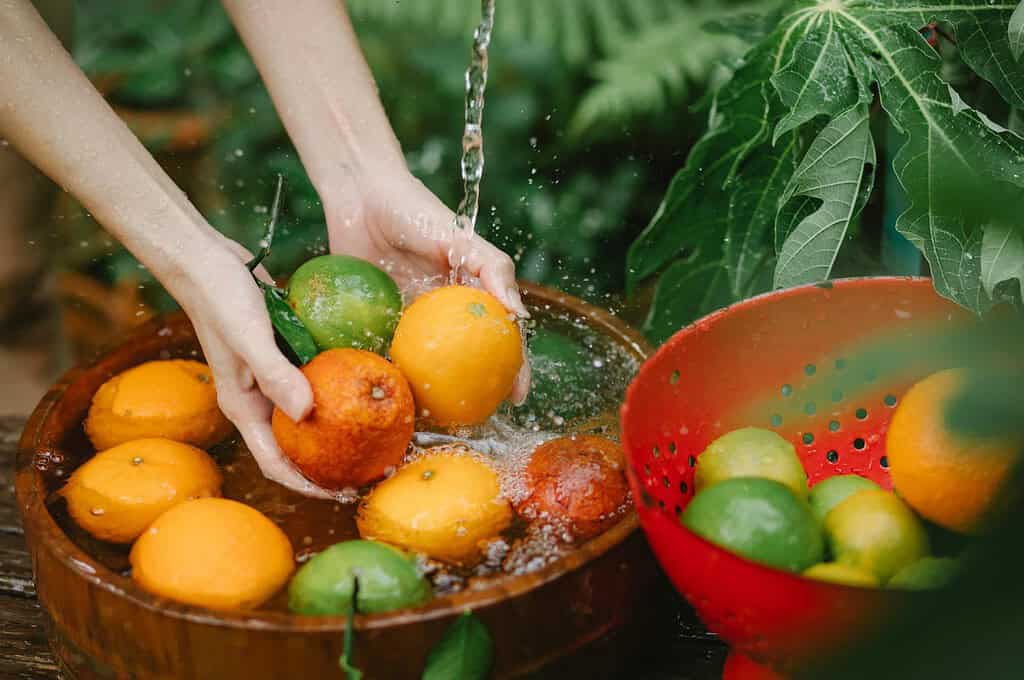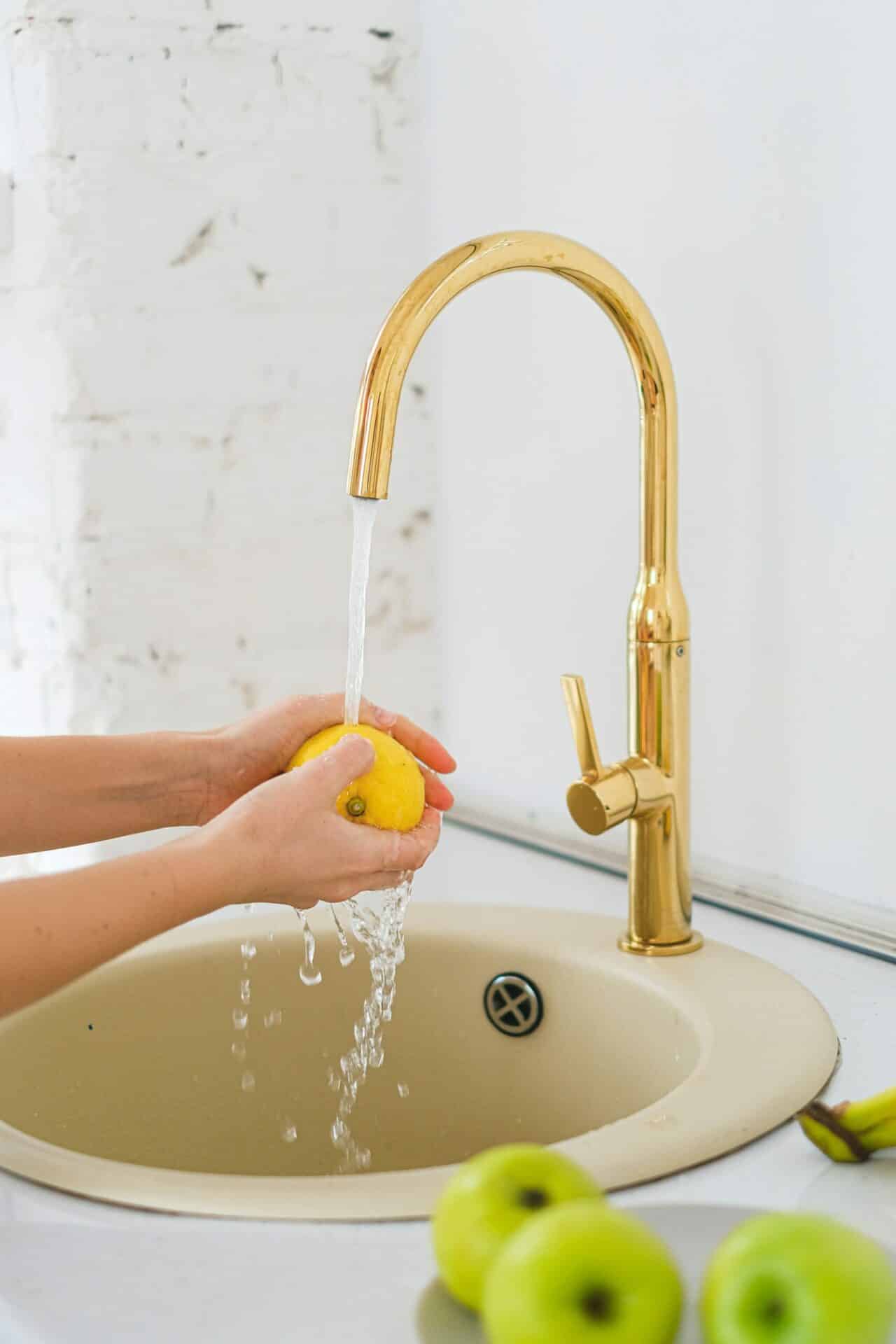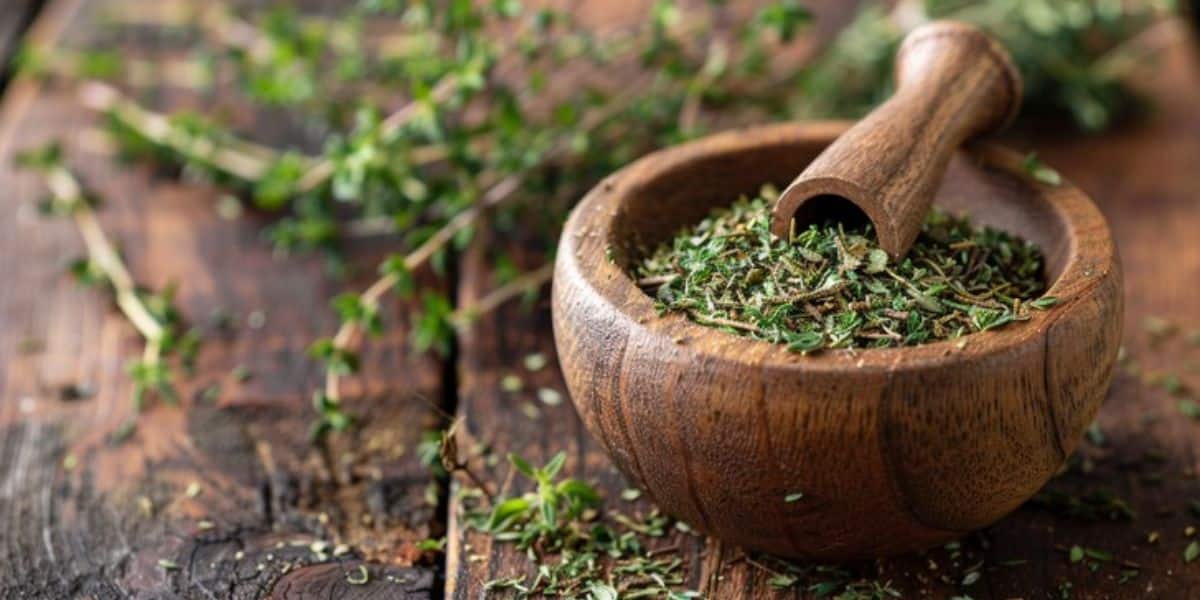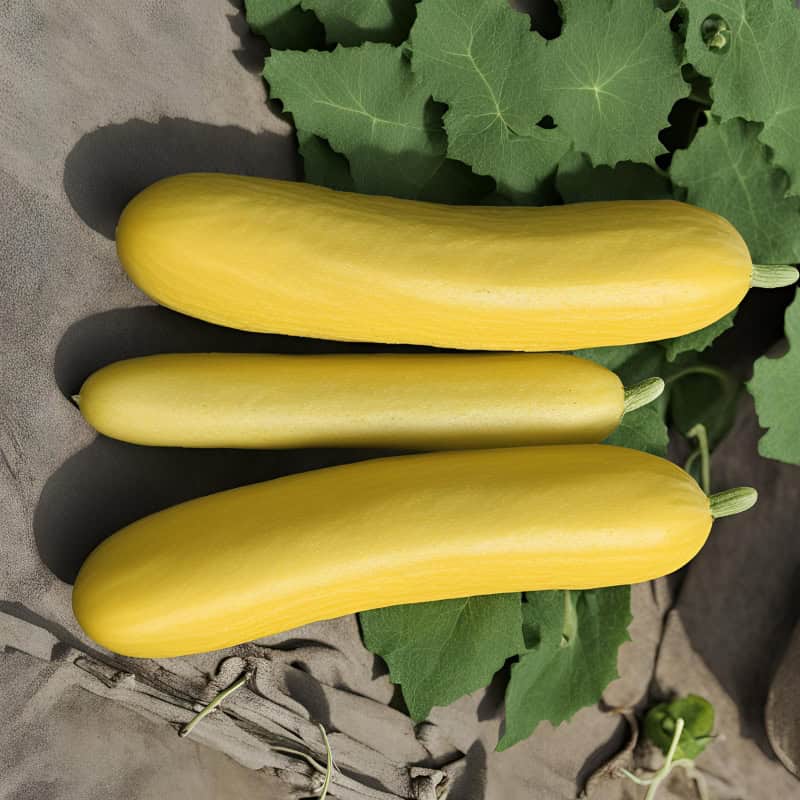When it comes to ensuring the cleanliness and safety of the fruits we consume daily, the debate on the most effective fruit cleaning methods is ongoing. Baking soda has been a topic of discussion, with many pondering its efficacy in removing unwanted residues. In this comprehensive guide, we delve into expert tips on fruit washing, exploring whether baking soda truly stands out as the best option for cleaning your produce.
The importance of adopting effective fruit washing solutions cannot be overstated, as it directly impacts our health and well-being. By the end of this guide, you will have a clearer understanding of the role of baking soda in fruit cleaning, along with other safe ways to clean fruits.
Why Washing Fruits is Important?
Fruits, though packed with essential nutrients, can also carry unwanted guests like pesticides and bacteria. Ensuring proper cleaning is crucial to reduce exposure to these contaminants. Pesticide removal in order to clean fruits can minimizing bacteria and significantly enhance food safety, making the knowledge of effective fruit washing techniques indispensable. The residues left on the surface of fruits can come from various sources, including agricultural practices and handling during transportation.
These residues, if ingested, can have adverse effects on our health, making it imperative to adopt safe fruit cleaning practices. Washing fruits not only helps in removing dirt and bacteria but also plays a crucial role in reducing the traces of pesticides. However, it’s important to note that not all pesticides are removed through washing, and the effectiveness of washing can vary depending on the type of fruit and the pesticide used.
Baking Soda for Clean Fruits
Baking soda has gained popularity as a natural cleaning agent, believed to be effective in removing pesticides from clean fruits. A solution of baking soda and water can act as a potent fruit wash, though it requires a substantial soaking time to be truly effective. A study conducted in 2017 revealed that a baking soda solution could remove more pesticides from the surface of apples compared to either tap water or a bleach solution.
However, it took about 12-15 minutes of soaking in the baking soda solution to completely eliminate the pesticides used in the study. This brings into question the practicality of using baking soda for everyday fruit washing, especially when dealing with fruits that have a softer texture or are more perishable. Understanding the practicality of this method is key, as it may not always be the most convenient option for every fruit type.

Vinegar as an Alternative
Vinegar, another natural product, has shown promise in reducing bacteria levels on produce. A vinegar-water solution can be used as a homemade fruit wash, offering a different approach to cleaning your fruits. However, it’s important to weigh the pros and cons, as vinegar may not be as effective in pesticide removal. Some studies suggest that a vinegar solution can help in reducing the levels of certain pesticides, but it may not be as effective as baking soda. Additionally, vinegar has a strong smell, and there is a possibility that it could affect the taste of the fruits if not rinsed properly.
Despite these challenges, vinegar remains a popular choice for many households due to its accessibility and natural properties. When using vinegar as a fruit wash, it is recommended to dilute it with water and ensure that the fruits are rinsed thoroughly afterward to remove any residual vinegar taste.
Best Practices for Fruit Washing
To ensure thorough cleaning, it’s recommended to wash all produce, including those that will be peeled. Utilizing cold running water and a vegetable brush can enhance the effectiveness of the cleaning process. These safe fruit cleaning practices are easy to implement and can make a significant difference in food safety. To clean fruits with thicker skins, such as melons and cucumbers, using a brush can help in removing any residues that are stuck to the surface. For softer fruits, such as berries and grapes, a gentle rinse under cold water should suffice. It’s also important to dry the fruits thoroughly with a clean cloth or paper towel before storing them to prevent the growth of bacteria.
Also Read: Can You Clean Fruit with Baking Soda? The Science Behind it
Limitations of Washing
While washing can reduce the presence of contaminants, it has its limitations. If pesticides have penetrated the skin of the fruits, washing might not suffice. Being aware of these limitations and choosing organic produce when possible can further reduce exposure to pesticides. Organic fruits are grown without the use of synthetic pesticides, making them a safer option for those looking to minimize their exposure to these chemicals.
However, organic produce can be more expensive, and availability may vary depending on the region. In addition to choosing organic, being mindful of the types of fruits you consume can also play a role in reducing pesticide exposure. To get clean fruits, we need to understand that they contain higher levels of pesticides which must be dealt with. It’s also advisable to opt for those with lower pesticide residues can be a safer choice.

5 Expert Tips on Fruit Washing
When it comes to fruit washing, adopting the right techniques can make a significant difference in ensuring your produce is safe for consumption. Here are some expert tips to guide you through the process:
1. Know Your Produce:
Understanding the nature of the fruit you are cleaning is crucial. Fruits with thicker skins may require a brush for effective cleaning, while softer fruits should be handled gently to avoid damage.
2. Use the Right Solution:
A solution of baking soda and water can be effective for certain types of produce. Ensure you are using the right concentration and soaking time to maximize effectiveness.
3. Rinse Thoroughly:
After using any cleaning solution, make sure to rinse the fruits thoroughly under running water to remove any residue.
4. Dry Properly:
Pat the fruits dry with a clean cloth or paper towel to remove excess water. This not only helps in removing any remaining contaminants but also prolongs the freshness of the produce.
5. Stay Informed:
Keep yourself updated on the latest research and recommendations for fruit washing. Being informed helps in making the right choices and adopting the best practices for food safety.
Also Read: When is Watermelon Season? Expert Tips for Seasonal Success
Conclusion
In conclusion, while baking soda and vinegar offer natural ways to clean fruits, understanding their limitations and complementing them with other cleaning practices is crucial. Ensuring you are equipped with the knowledge of effective fruit washing solutions and safe ways to clean fruits can empower you to make informed decisions, contributing to the overall safety of your food consumption.
Adopting a combination of washing methods, being mindful of the types of fruits you consume, and opting for organic produce when possible are all steps in the right direction towards ensuring the consumption of clean fruits. With these practices in place, you can enjoy your clean fruits with peace of mind, knowing that you have taken the necessary steps to reduce your exposure to contaminants.
Unlock the secrets to perfect fruit care from garden to table! Dive into our extensive food blogs, where you’ll find a treasure trove of expert tips on fruit harvesting and washing.
FAQs
1. What are some natural pesticide removal methods for fruits?
Natural pesticide removal methods for fruits include using a baking soda solution, vinegar wash, or simply rinsing them thoroughly under running water.
2. How long should I soak to get clean fruits in baking soda solution?
Fruits should be soaked in a baking soda solution for about 12-15 minutes to effectively remove pesticide residues.
3. Can vinegar completely remove bacteria from fruits?
While vinegar can help reduce the levels of bacteria on fruits, it may not completely eliminate all bacteria.










